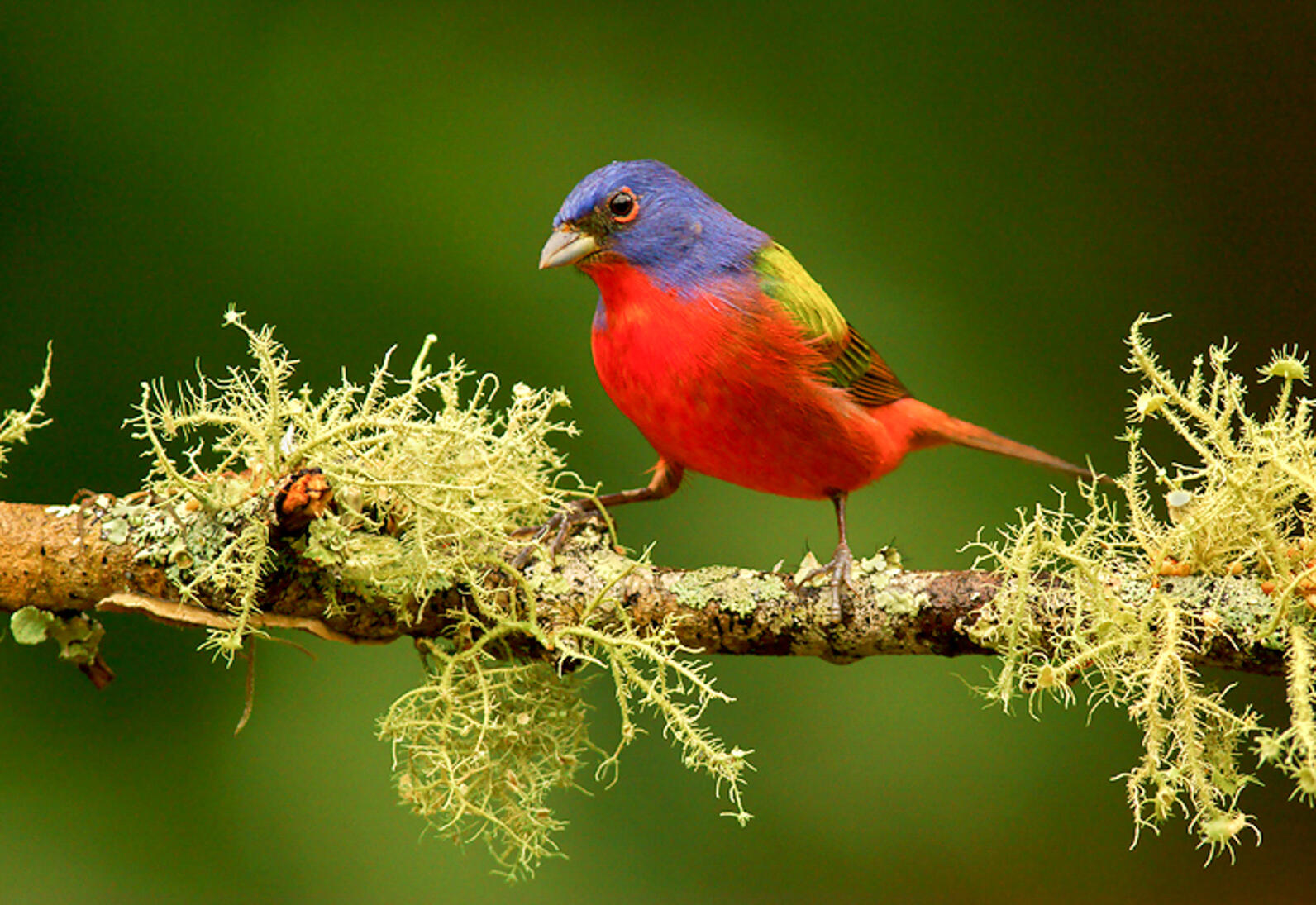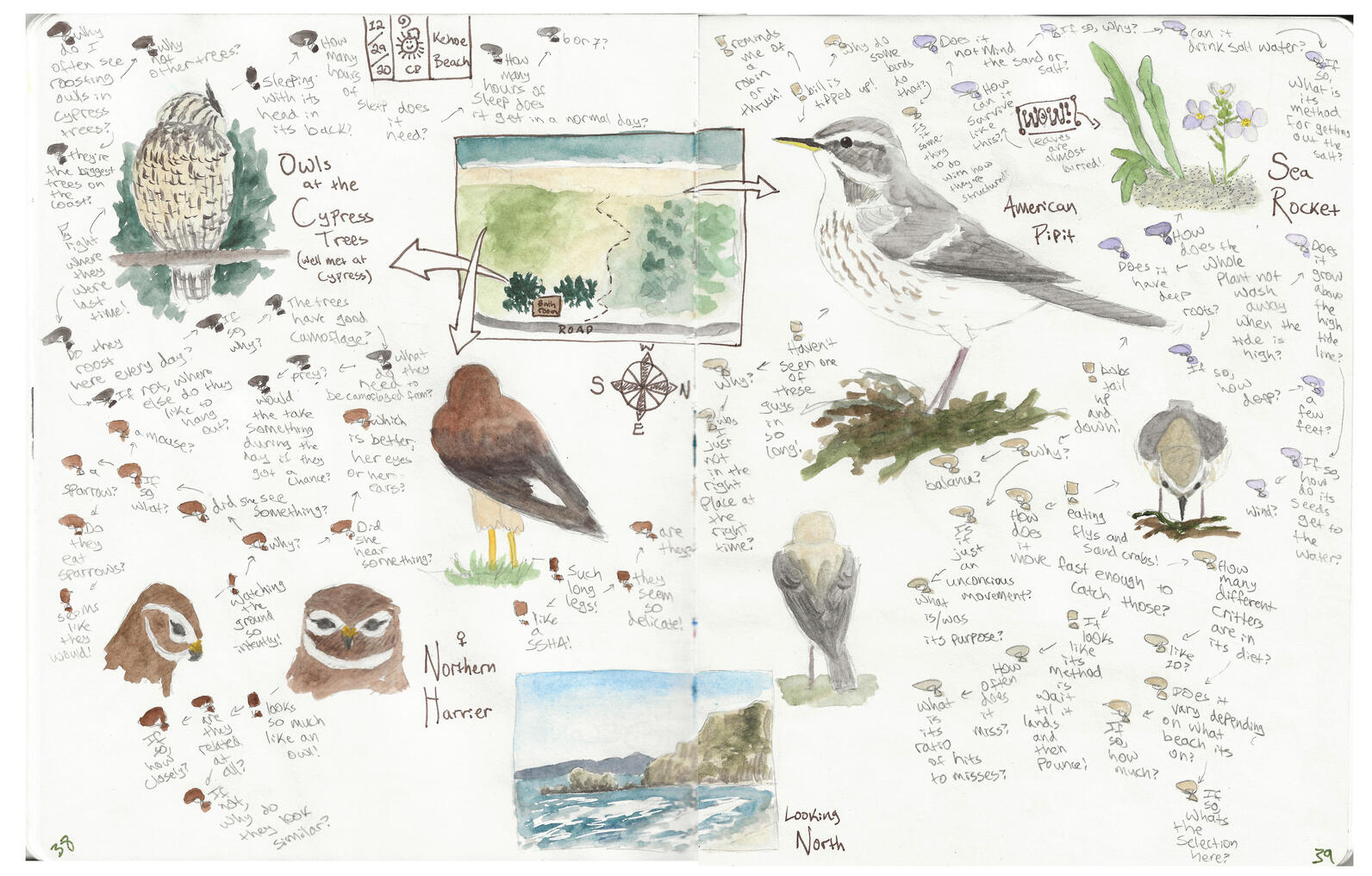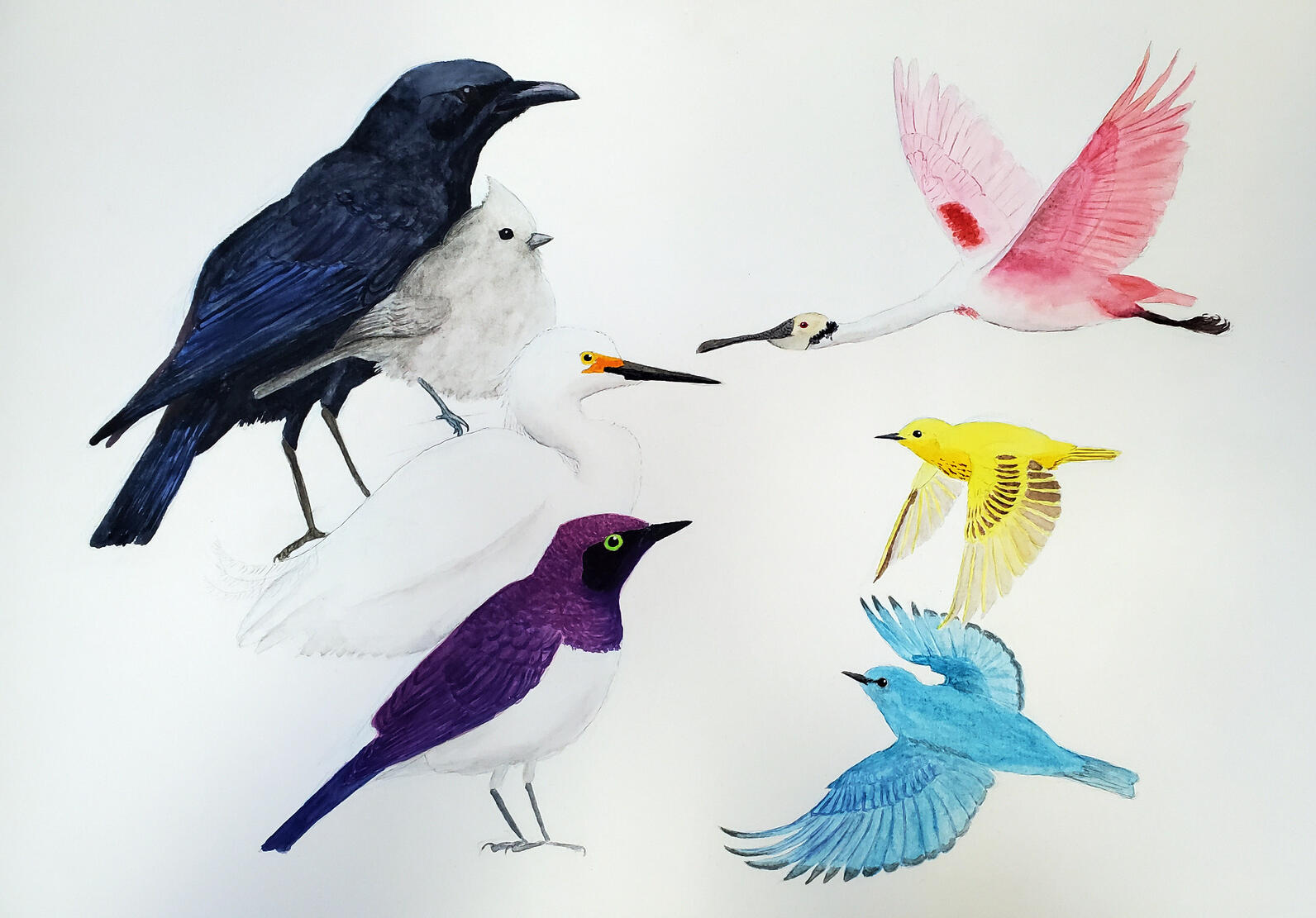


The following YouTube playlist contains all class recordings! To select different classes, click on the playlist icon on the upper right-hand corner.

Part 1: Let’s Draw Warblers: Anatomy and Angles
Celebrate spring migration by learning to capture the beauty and energy of warblers in this drawing and nature journaling class with acclaimed artist, author, educator, and scientist John Muir Laws.Learning about the anatomy of warblers will help you draw them more accurately. We will also practice drawing the head and body of warblers from various angles. We will utilize photos and videos to practice our techniques.
Part 2: Let’s Draw Warblers: Bringing Your Warbler to Life
Make your warbler drawing come to life with tips about feather texture and placement of legs, feet, eyes, and beaks. We will also practice fast-sketching techniques to help you sketch warblers in the field.
Let’s Draw Owls: Anatomy and Angles
Learning about the anatomy of owls will help you draw them more accurately. We will also practice drawing the head and body of the owl from various angles.
Let’s Draw Owls: Feathers, Textures, and Environment
Owls have incredible camouflage, which also can make them confusing to draw. Learn some tips to make your owl come to life. We will also practice drawing owls in their environment, such as perched in dense trees.
Birder’s Field Journal FUNdamentals: Learn how you can use words, pictures, and numbers to record your bird observations. Each of these modes of data collection will stretch your brain in different ways—they are fundamentally different and complementary.
Birder’s Field Journal Pro Tips: Join Jack and his sketching buddy Fiona Gillogly, an avid teen birder and prolific nature journaler, as they explore a playful variety of journaling approaches that open the doors to different aspects of bird life and behavior. They will share pages from their journals, share tips, and demonstrate techniques that will inspire you to record your bird discoveries in new and creative ways.
How to Make Bird Drawings Come Alive: Do your bird drawings feel stiff or frozen? Unlock the life in your bird drawings by showing less and suggesting more. Learn advanced bird drawings techniques to help you simplify plumage and suggest detail with a few strokes. These techniques will bring more life to your birds and are essential for fast field sketching. Safety note, in accordance with COVID-19 safety guidelines, all the birds we draw will be masked (masked duck, masked finch, masked bobby, masked lapwing etc.) Bring a pencil, paper, and a sense of humor!
Masked Shrike Worksheet
Rotating Birds and Drawing them at all Angles: Say goodbye to static side views and draw birds every which way they land. A few basic visualization techniques will help you see the pose in the field and capture it on paper. In honor of Latinx Heritage Month, we will be drawing birds found in Central and South America.
Drawing Raptors and other Large Birds in Flight: In this class, we will combine two critical elements: a functional understanding of bird structure, and key principles of foreshortening. Be sure to print out and fold the paper bird models we will send you before the class. They will help you see, understand, and draw flying birds and help solve key points of confusion.
How to Draw Garden Birds: Learn how to capture the form and feeling of sparrows, warblers, and other common songbirds with fast and efficient lines. Learn key anatomical details to help you draw them accurately in the field or in the studio.
How to Draw Waterbirds: Learn the key foundation lines for drawing waterfowl and wading birds. Draw ducks in and out of the water and learn tricks to show the shape of long legs and necks on herons, egrets, and shorebirds. We will also study the way that feather groups overlap to simplify the plumage.
How to Draw Raptors: Learn to draw hawks, eagles, and owls. In this workshop we will explore how to sketch perched raptors and learn to draw the birds from the front, side, and 3/4 view.
PLEASE CONSIDER A DONATION
John Muir Laws is teaching these classes for Audubon at no charge to you or to us. His mission is to connect people to art, science, nature, and conservation through field journaling. Please show your gratitude for this wonderful free opportunity by making a donation to support John Muir Laws here.
John (Jack) Muir Laws is a scientist, educator, and author, who helps people forge a deeper and more personal connection with nature through keeping illustrated nature journals and understanding science. His work intersects science, art, mindfulness, and conservation.
Trained as a wildlife biologist and an associate of the California Academy of Sciences, he observes the world with rigorous attention. He looks for mysteries, plays with ideas, and seeks connections in all he sees. Attention, observation, curiosity, and creative thinking are not gifts, but skills that grow with training and deliberate practice. As an educator and author, Jack teaches techniques and supports routines that develop these skills to make them a part of everyday.
He is the founder and host of the Nature Journal Club on Facebook, a vibrant online community where more than 18,000 nature journalers from around the world share work, ask questions, and encourage each other; and the Wild Wonder Nature Journaling Conference, an annual event that gathers people who are passionate about nature, art, science, curiosity, and wonder to share ideas, learn from each other, support each other, inspire each other, and have fun together in nature’s beauty. In partnership with the Children’s Creativity Museum in San Francisco, he is the creator of the Nature Journal Connection, a free educational video series to help people of all ages build the essential skills of nature journaling.
He received the 2020 Bay Nature Local Hero award for his work in environmental education, and in 2009, he received the Terwilliger Environmental Award for outstanding service in Environmental Education. He is a 2010 TogetherGreen Conservation Leadership Fellow with the National Audubon Society. He was the 2011 artist for International Migratory Bird Day.
He has written and illustrated several books about art and natural history including How to Teach Nature Journaling (co-authored with Emilie Lygren, 2020), The Laws Guide to Nature Drawing and Journaling (2016), The Laws Guide to Drawing Birds (2012), Sierra Wildflowers: A Hiker’s Guide (2019); Sierra Birds: A Hiker’s Guide (2004), and The Laws Guide to the Sierra Nevada (2007).
To learn more or take advantage of the many free resources he offers, visit https://johnmuirlaws.com/.
ABOUT FIONA GILLOGLY
Born and raised in the Sierra Foothills of California, Fiona Gillogly, age 18, has loved art and nature since she was a little girl. In 2016, when she discovered nature journaling and the work of John Muir Laws, she was thrilled to find something that combined these two loves. Now a passionate birder, nature journaler, and naturalist, Fiona has created more than 2,000 journal pages since she began this journey.
A dedicated birder since 2015, Fiona is a six-time recipient of the Central Valley Birding Club Youth Scholarship, enabling her to attend summer teen birding camps in birding hotspots around the United States. An avid musician, composer, and singer who also plays cello, flute, and ukulele, Fiona especially enjoys the music of birdsong and she loves to bird by ear. Over the last several years, Fiona has volunteered many hours bird banding, monitoring nest boxes, and helping with Christmas Bird Counts, gaining valuable hands-on experience in field research as well as the opportunity to observe birds up close. In June 2020, the American Birding Association’s Birding magazine published Fiona’s article, “A Birder’s Brain on Paper: How keeping a nature journal improves our birding experiences.”
Fiona has co-taught classes with John Muir Laws for the San Francisco Exploratorium and the Wild Wonder Nature Journaling Conference. Fiona has has given talks on birding and nature journaling at the Exploratorium in San Francisco; the Central Valley Bird Symposium; the Birdy Hour Series of the San Francisco Bay Bird Observatory; Bird Day Live: a virtual festival hosted by World Migratory Bird Day; Environmental Volunteers Wake Up to Nature fundraising event; and the Artist-Explorer series at The Foster in Palo Alto. Fiona is one of several naturalists who contributed interviews and nature journal pages to the book How to Teach Nature Journaling by John Muir Laws and Emilie Lygren (Heyday, 2020).
To learn more about Fiona, see examples of her nature journal pages, read her writing, or watch videos of her previous talks, visit fionasongbird.com.
Help us engage future conservation leaders! When you sponsor a youth leader, you help the birds.
Begin your volunteer journey today by finding the perfect fit for your talents.
Our bi-monthly e-newsletter is filled with incredible updates about our work.